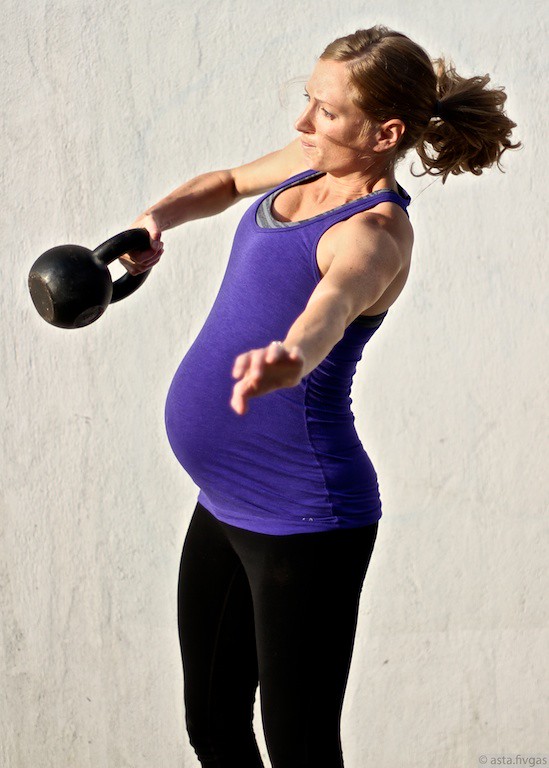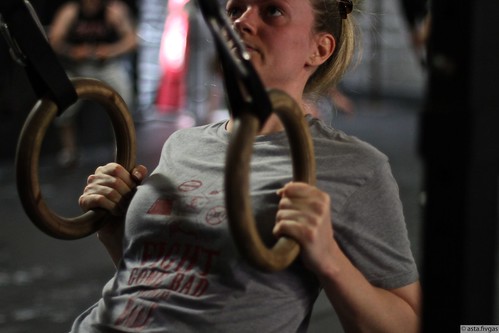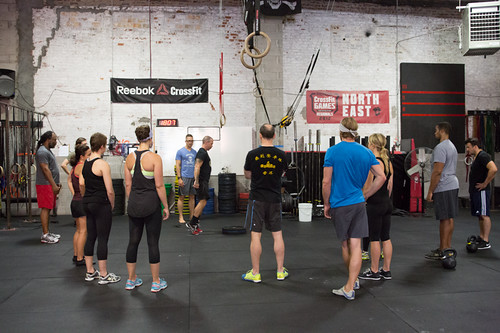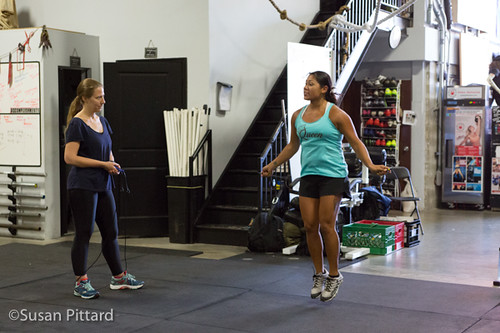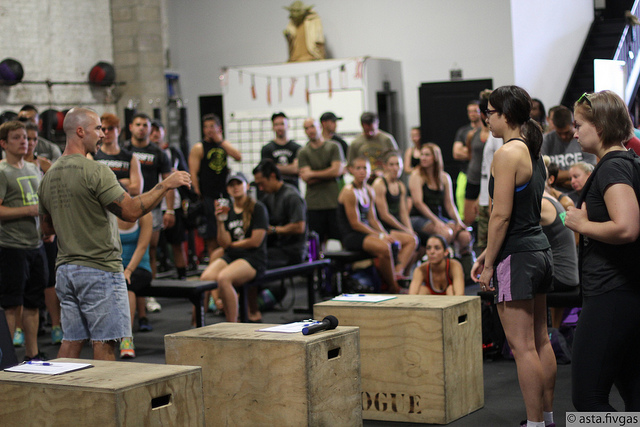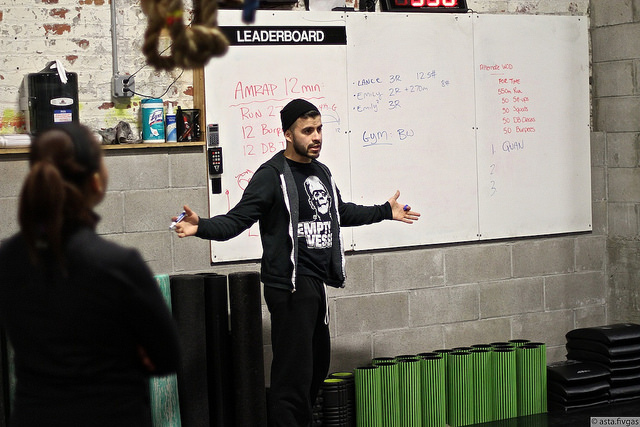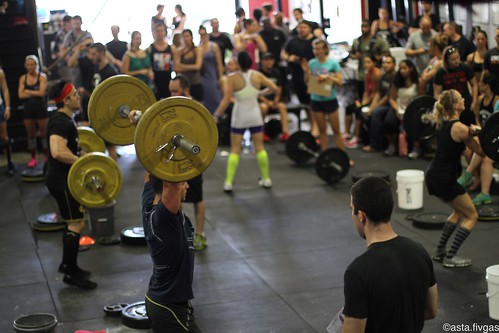A CrossFit Coach’s Guide to Training Pregnant Women
 Monday, September 22, 2014 at 12:00AM
Monday, September 22, 2014 at 12:00AM Every few months, the CrossFit blogosphere explodes with articles about pregnancy and CrossFit. “People often don't realize how scalable CrossFit is,” Nicole Crawford, an associate editor at Breaking Muscle (and the site’s resident mom-doula-pregnancy-exercise expert) told Inside the Affiliate. “We see pregnant women squatting with what look like heavy weights and all social media hell breaks loose." As Nicole points out, "'Listen to your body’ is the mantra for pregnancy fitness, and for good reason. Women do need to listen to their bodies and be safe, during pregnancy more than ever. Over the last decade, it seems more and more women are listening when their bodies say, ‘I want to keep CrossFitting.’”
For those women, it can be easy to get lost in a sea of conflicting information—not just on the Internet, but also from doctors and well-intentioned friends and family members. In the interest of caring as well for CrossFit South Brooklyn’s community of women and parents as possible, our staff decided to enter the conversation from our perspective and experience. To that end, on CFSBK’s blog, we are publishing a series of three articles titled “CrossFitting While Pregnant: An Interview with Four Women and a Coach” (read Part 1 here, Part 2 will be published tomorrow, and Part 3 on September 30). The article is comprised entirely of interviews with four CFSBK members who became pregnant during their training and one of CFSBK’s coaches, Chris Fox (who you've heard from before on ITA). Our approach is simple, and acknowledges that everyone’s experience is different—and that the most important thing for women is to listen to their bodies.
But on Inside the Affiliate, we want to help you, as a coach and affiliate owner, by sharing more of our guidelines for training these women. Coach Fox created a document that CFSBK will now use as guidelines for both our coaches and pregnant women. We’ve included that document below.

